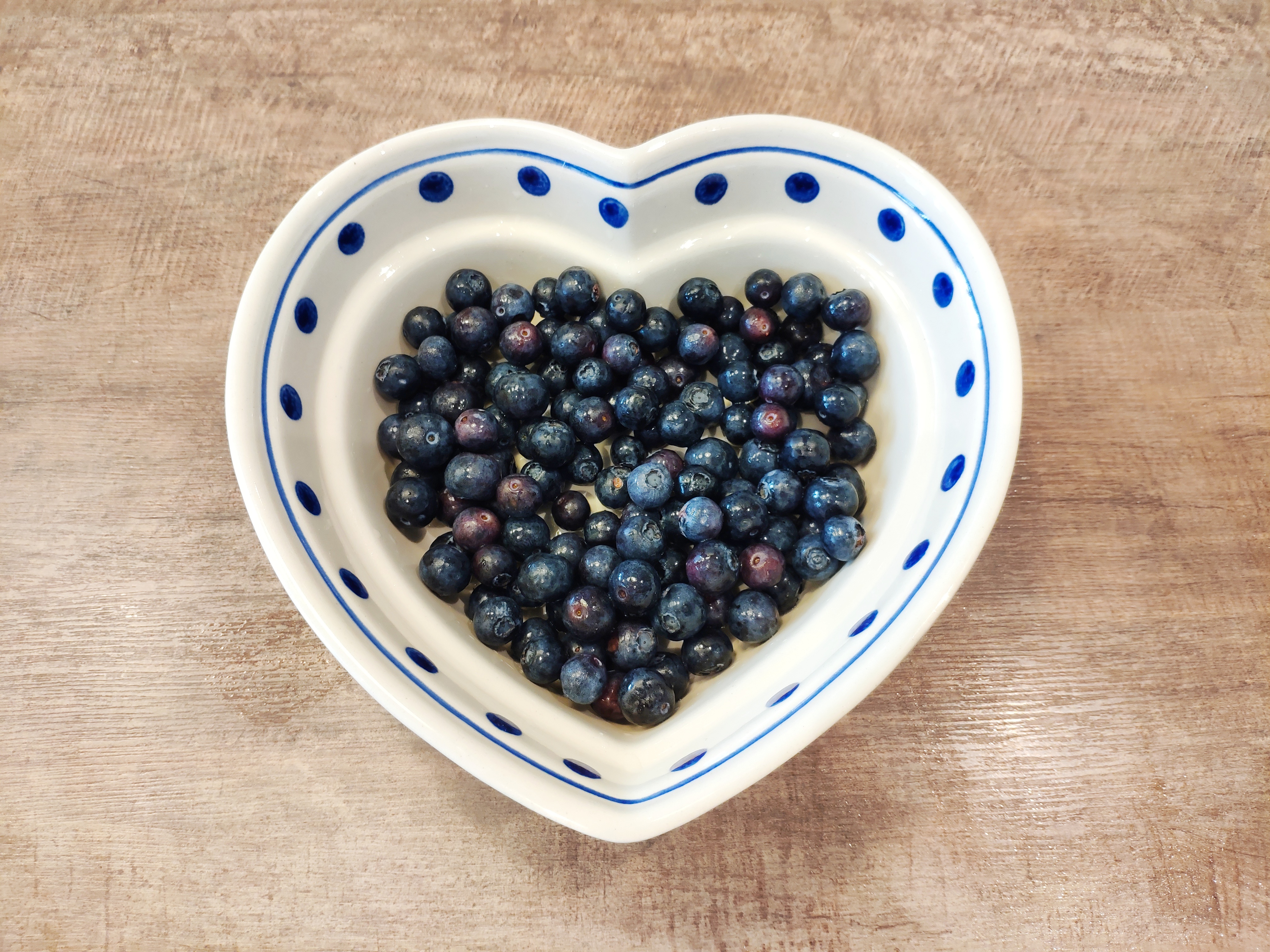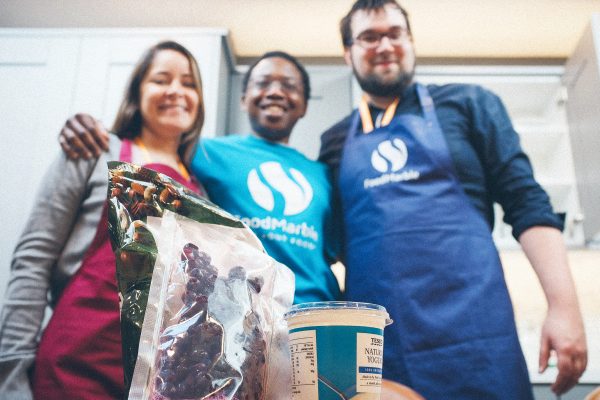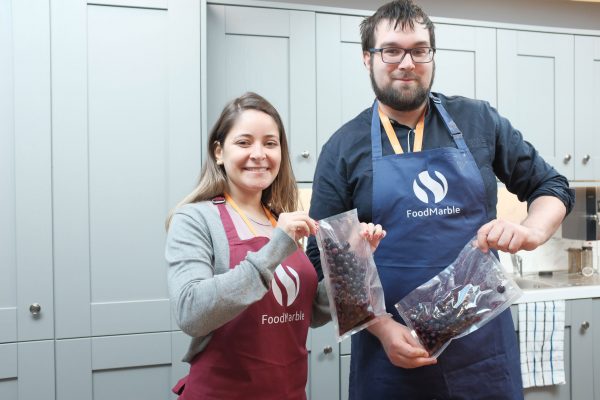Fermented foods and drinks have become increasingly popular because of their health benefits, particularly relating to digestive health. Inspired by my colleague Fabien’s recent experiment lacto-fermenting blueberries, in this blog I’m going to take a look at fermented foods in general, and fermented blueberries in particular!
But first, what is a fermented food?
Bacteria, yeast and fungi contain proteins known as enzymes (necessary for a particular process to happen), enabling them to break down the sugars in a food, releasing energy. This process is known as fermentation. These microbes can be naturally present in a food or they can be added to the food, as a starter culture. In years gone by, fermentation was a commonly used method to preserve foods, in times before refrigerators. However, now it is used to alter the taste of food, and in many cases it can enhance the nutritional properties of a particular food.
There are many types of foods that can be fermented, including:
- Dairy – milk, kefir, yoghurt and cheese;
- Fruit and vegetables – apple juice, tomatoes, sauerkraut and kimchi;
- Grain based – sourdough bread, quinoa flour and rice bran.
Superfood, or just super-good-food?
These days, there is a long list of foods that are hailed as superfoods, and in a lot of cases it seems that the term is a fad. However, when it comes to fermented foods, there might be something to it.
Some fermented foods have antioxidant activity which helps protect the cells in our body against damage. This type of damage is caused by the generation of by-products from normal processes that are happening day-to-day. Considering the fact that our bodies contain over a trillion cells, protecting them against this type of damage is vital for healthy aging.
Today we will just focus on one food in particular, blueberries!
Blueberries are full of antioxidants:
- Anthocyanin – good for fighting inflammation and chronic diseases
- Flavanols – good for cardiovascular health
- Vitamins – K1 (bone health), C (skin health) and B6 (mood regulation)
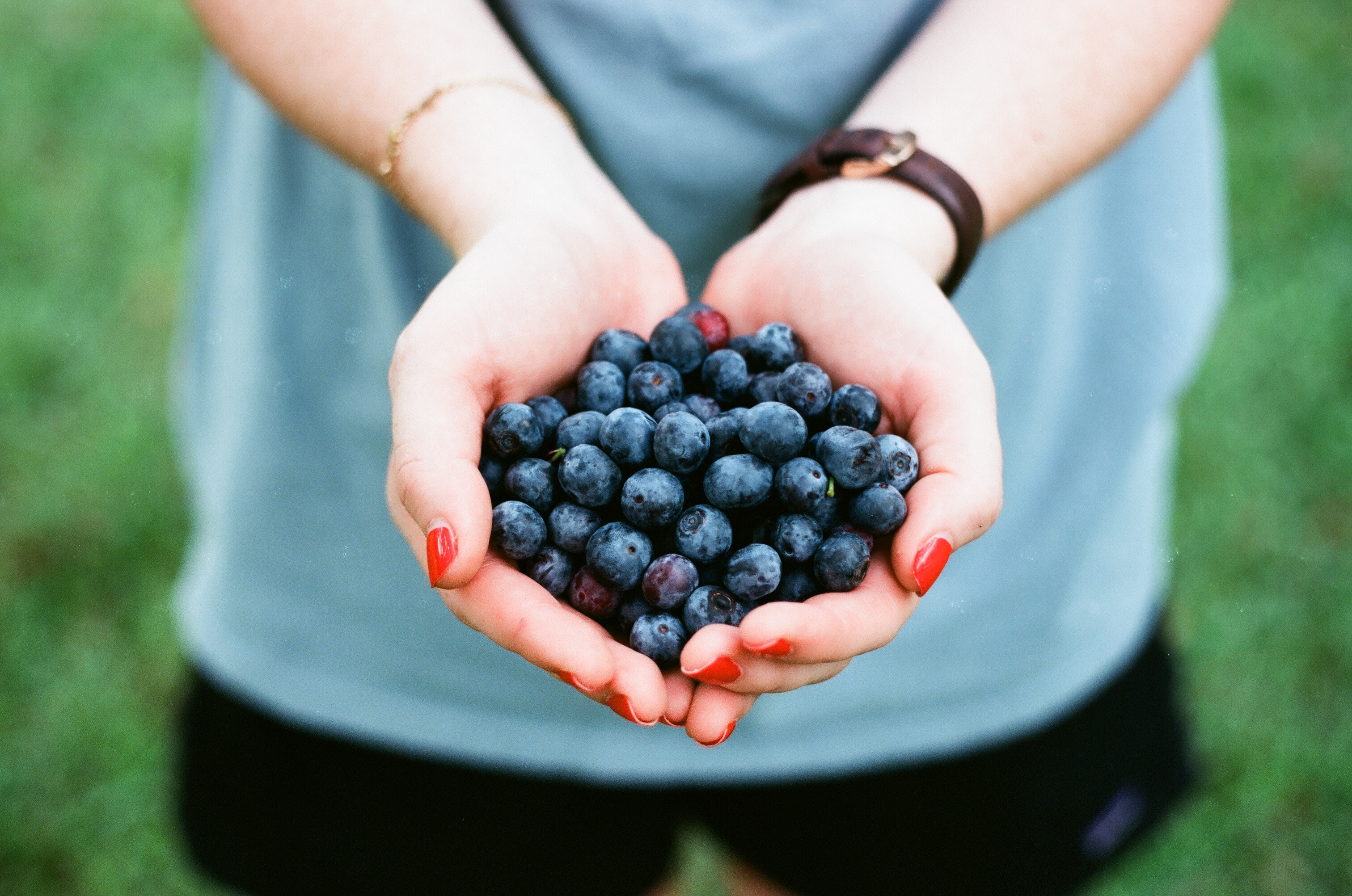
Photo by andrew welch on Unsplash
Fermentation boosts blueberries benefits
Interestingly, it has been suggested that fermented blueberries may have even more to offer in terms of health benefits than the fresh berries. In one study, blueberries were fermented by lactic acid bacteria and it was found that the total amount of antioxidants was increased in the fruit. They wanted to see what health benefits this may have, so the researchers induced high blood pressure in some rats, which resulted in liver damage (this was intentional). Following that, the rats were fed the fermented blueberry product which was supplemented with the lactic acid bacteria. They found that this probiotic-blueberry-fermented-mix (they might need a marketer to jazz up the name before trying to sell it!) protected against liver damage (but not hypertension). This suggests that fermented fruit has greater antioxidant abilities in terms of protection against liver damage.
In yet another study…
Researchers from Montreal created a fermented blueberry juice using the bacteria that are naturally found on the skin of the fruit. They fed this fermented juice to diabetic mice and they showed that the fermented juice significantly reduced their blood glucose levels. The mice were also found to eat less and gained less weight overall. This strategy could be very useful in protecting against the development of obesity and diabetes in certain individuals.
Wait, there’s more!
Not all fermented products are created equally. The probiotic strain used is very important. In one study they wanted to optimise the process and create a nutritional fermented blueberry drink. To do this, they tested various lactic acid strains to figure out which worked the best. Interestingly, they used the blueberry pomace, which is usually thrown away after the production of fruit juices and wines – no waste, excellent! Again, similar to the other studies, fermentation increased the antioxidant capacity. They also tested their creation (in mice), and they found that it was able to reduce cholesterol and improve performance (anti-fatigue) in the mice.
The above studies showed that blueberries (in various forms), already a naturally rich source of antioxidants, were further enhanced by fermentation. However, all studies were done in mice so always translate with caution.
Some pictures from Fabien’s lacto-fermentation experiment
So what should I do now?
If you’d like to try some fermented blueberries but don’t know where to start, check out our lacto-fermentation blog to see how we did it and what the official FoodMarble taste testers thought! If you prefer fresh berries, try adding a handful to your morning porridge or eating some as a snack during the day.
The bottom line is: blueberries are tasty and healthy, providing you with many important nutrients. Fermenting blueberries is fun and creates some interesting flavours (as our taste testers can confirm!) and going by the promising studies mentioned above, the fermented products might be even more healthful than the fresh berries. We can’t wait to see some studies done in humans with these fermented foods.
But blueberries are high FODMAP, right?
Well, not exactly. Blueberries themselves are considered low FODMAP up to 40g. But by fermenting them, this will reduce sugar content, potentially enabling you to increase your portion size when on the low FODMAP diet. An added benefit of fermentation!
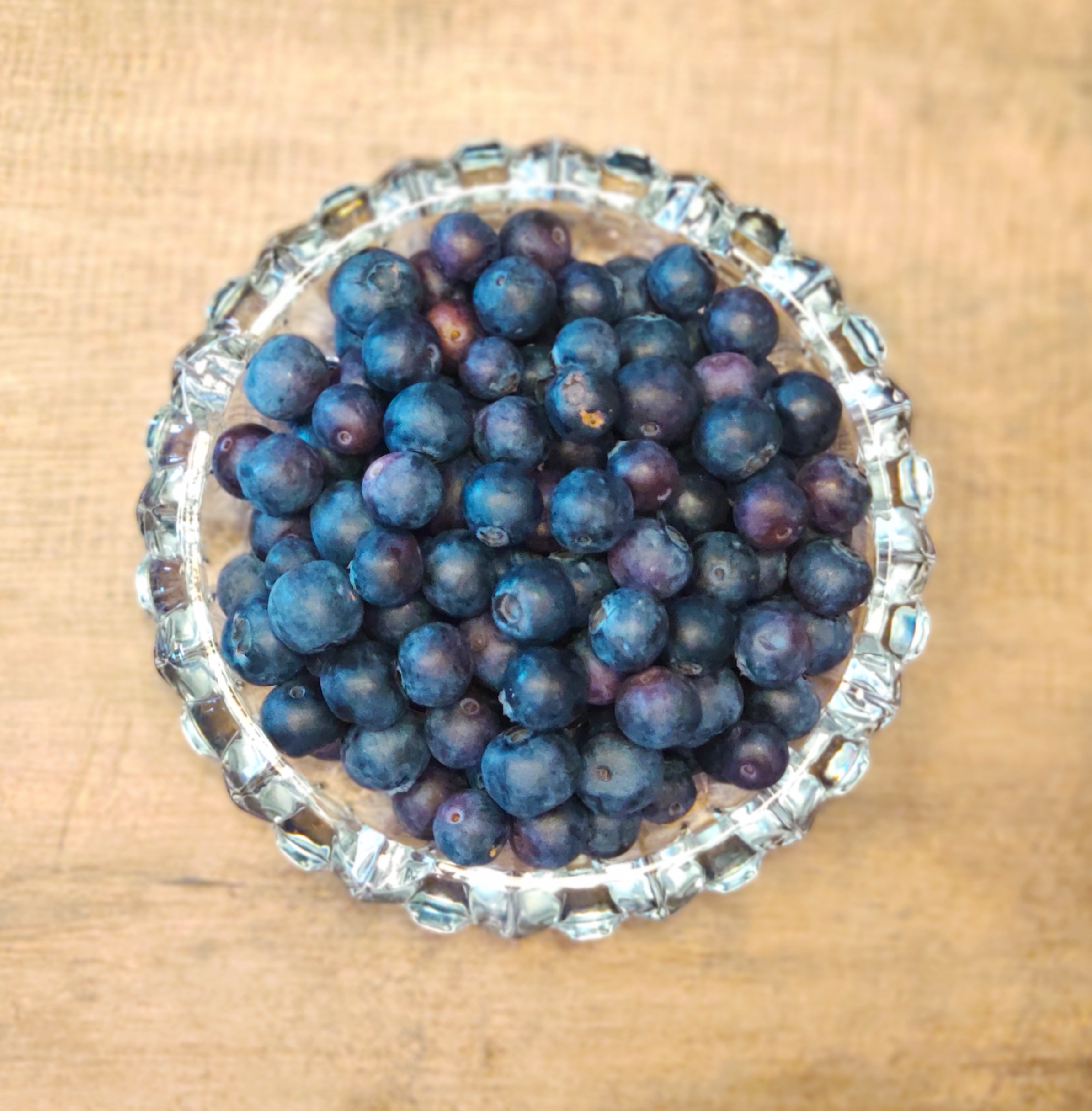
FoodMarble is the world’s first personal hydrogen breath tester. It is a pocket-sized breath analysis device. It helps people with chronic digestive issues determine the foods that work best with their digestive system. To learn more about FoodMarble, visit www.foodmarble.com.

